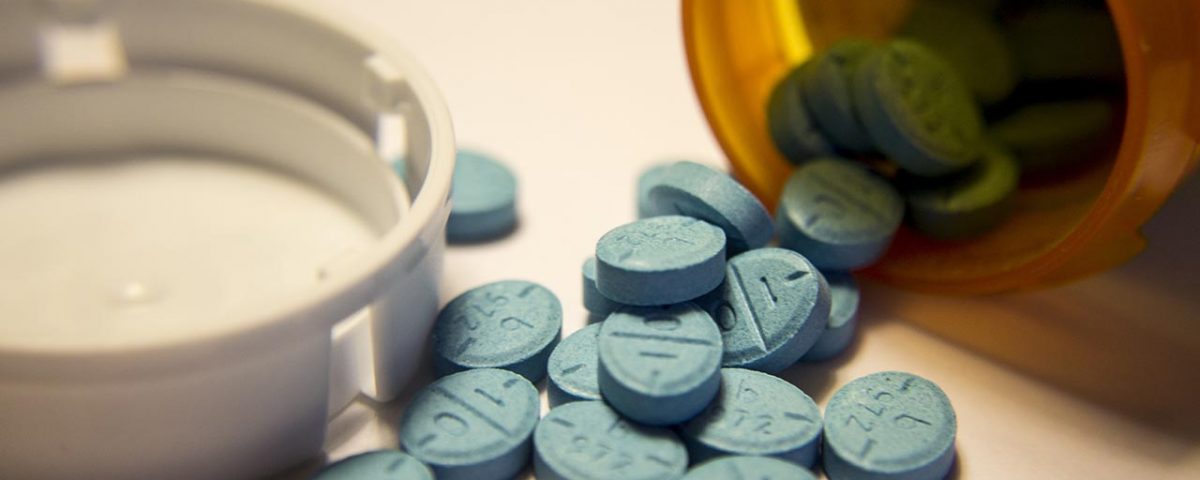Our Banyan Texas rehab center compares dextroamphetamine (often sold as Dexedrine) vs. Adderall, mainly because there’s been an ongoing debate on their similarities.
Dexedrine and Adderall are both brand names for two commonly prescribed medications used to treat attention deficit hyperactivity disorder (ADHD). ADHD is a condition that occurs in childhood and adolescence but can also progress into adulthood. Both of these ADHD medications share a similar set of side effects and risks. However, comparisons between Dexedrine vs. Adderall also illustrate that the two aren’t as similar as people assume.
What Is Dexedrine (Dextroamphetamine)?
Also known by its brand name Dexedrine, dextroamphetamine is a central nervous system (CNS) stimulant that affects chemicals and nerves in the brain related to hyperactivity and impulse control. ADHD is characterized by symptoms like hyperactivity, impulsive behavior, difficulties staying focused or concentrating, and being easily distracted. While behavioral therapy and other holistic treatments can help treat this disorder, many people with ADHD take medications to cope with their symptoms. One of these medications is dextroamphetamine.
Common dextroamphetamine side effects include:
- Nausea and vomiting
- Stomach pains
- Cramps
- Loss of appetite
- Diarrhea
- Difficulties sleeping
- Weight loss
- Irritability and mood swings
- Restlessness
- Dry mouth
- Headache
- Anxiety or nervousness
- Increased heart rate
Dextroamphetamine is a Schedule II drug, according to the Drug Enforcement Agency (DEA). The use of Dexedrine promotes focus and can even boost mood and energy. As the strongest component of amphetamine (another stimulant), dextroamphetamine has a stronger side effect than amphetamine and medications that contain it. As a result, comparisons of Dexedrine and Adderall show that Dexedrine is stronger. Additionally, as the main ingredient is a common and powerful stimulant, dextroamphetamine also has the potential for abuse. You can become addicted to Dexedrine if you take more than the prescribed dose or mix it with other substances, often leading to health complications and the eventual need for medical detox and treatment at our rehab in Texas to physically recover.
What Is Adderall?
Adderall is a combination of amphetamine and dextroamphetamine, both of which are stimulants. Like Dexedrine, Adderall helps increase a person’s focus, concentration, and ability to control impulsive behaviors. This medication is also categorized as a Schedule II drug by the DEA due to its potential for abuse and because it’s only available by prescription. This drug also comes in immediate-release and extended-release tablets.
Some common side effects of Adderall include:
- Loss of appetite
- Weight loss
- Dry mouth
- Upset stomach
- Nausea and vomiting
- Dizziness
- Headache
- Fever
- Diarrhea
- Nervousness
- Difficulties sleeping
When comparing dextroamphetamine vs. Adderall, you’ll also find that both medications produce similar side effects. Because both Adderall and Dexedrine treat the same conditions, it’s safe to assume that they both produce similar side effects. Also, those who abuse Adderall increase their risk of addiction and the likelihood of requiring inpatient drug treatment.
Is Dextroamphetamine the Same as Adderall?
No, dextroamphetamine and Adderall are not the same. Although Adderall and Dexedrine's side effects are similar, these medications are very different. Dexedrine is composed of dextroamphetamine sulfate. Adderall, on the other hand, is made of a combination of amphetamine salts. Additionally, Dexedrine is stronger than Adderall. Dexedrine contains a more potent form of amphetamine, dextroamphetamine. However, while these two drugs aren't exactly the same, Adderall and dextroamphetamine are more similar than they have differences.
Some common similarities between dextroamphetamine and Adderall include:
- Both Adderall and Dexedrine are prescription CNS stimulants used to treat conditions like ADHD and narcolepsy.
- Both produce similar side effects and are prescribed to patients starting at low doses like 2.5 to 5 mg, which is slowly increased.
- Both are available in generic forms, which are less expensive than brand-name medications.
- Both Dexedrine Spansule and Adderall XR come in capsule form.
- The effects of both Adderall and Dexedrine take around 30 minutes to 1 hour to kick in and 3 hours to peak. Both drugs' side effects have also been shown to last for 4 to 6 hours. Side effect length depends on the dose and time taken.
Adderall and Dexedrine are two of the most commonly prescribed medications for ADHD. If one of them doesn’t work for a patient, the other usually replaces it. Something important to consider when comparing dextroamphetamine vs. Adderall is that both can produce addiction if abused. Prescription medications should never be taken unless prescribed to you by your doctor and should only be taken according to instructions. Do not mix Adderall, Dexedrine, or other medications with alcohol or other drugs.
Recognizing and Addressing Stimulant Abuse
Stimulant addiction, spurred by the abuse of addictive stimulants like dextroamphetamine and Adderall, has become an increasing concern in recent years. Early detection of stimulant misuse is essential for effective intervention in this problem. Changes in behavior and mood are among the main signs of amphetamine misuse. Increased agitation, irritability, and impulsivity may be seen in those who are addicted to stimulants.
They might also exhibit hyperactivity, agitation, and dangerous behavior. As amphetamine addiction can result in neglect of one's well-being and attractiveness, a notable loss in physical appearance and personal cleanliness is another important indicator. Additionally, regular episodes of sleeplessness and appetite loss are typical signs of stimulant abuse.
Additional signs of stimulant misuse include:
- Dramatic and sudden weight loss
- Enlarged pupils and red eyes
- A flushed face and excessive sweat
- High blood pressure and fast heart rate
- Inexplicable financial strain
- Constantly asking for money
- Failure to fulfill obligations at home, at school, or at work
- Notable isolation from loved ones
- Symptoms of psychosis-like hallucinations and paranoia
A multifaceted strategy that incorporates education, prevention, and access to treatment alternatives is needed to address stimulant usage. Early support and intervention are essential for stopping the spread of such an addiction. Increasing public knowledge of the dangers through educational initiatives and community outreach can help dissuade people from experimenting with these substances. Additionally, individuals battling stimulant addiction can benefit from the availability of treatment options like therapy, counseling, and support groups. To effectively prevent stimulant usage and enhance the general well-being of affected people and their communities, cooperation between healthcare practitioners, law enforcement, and neighborhood organizations is required.
Nowadays, more and more people misuse Adderall in an attempt to get high or improve their performance at work or school. This is a dangerous habit that can lead to dependence, complications with cognitive function, and imbalances in the brain. If you have a drug problem, call Banyan Treatment Centers Texas now at 888-280-4763 to find out which of our levels of addiction care is right for you.
Related Readings:









